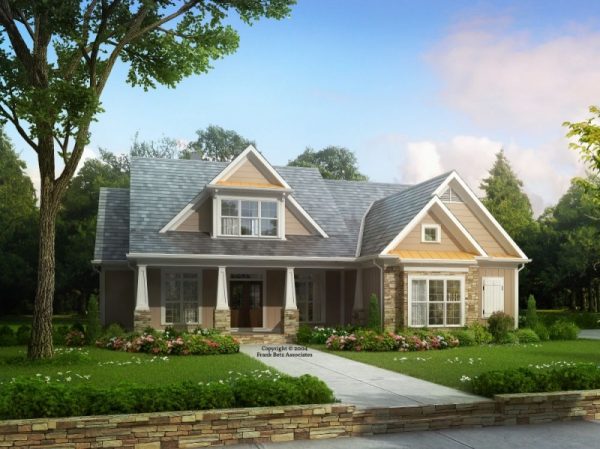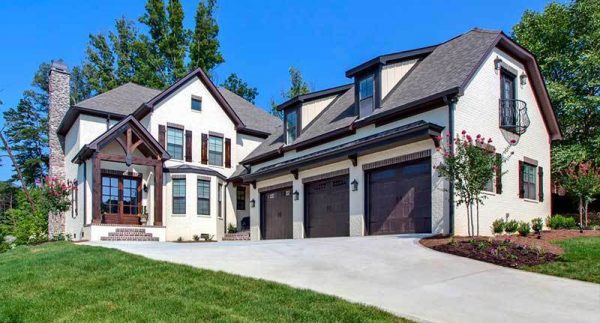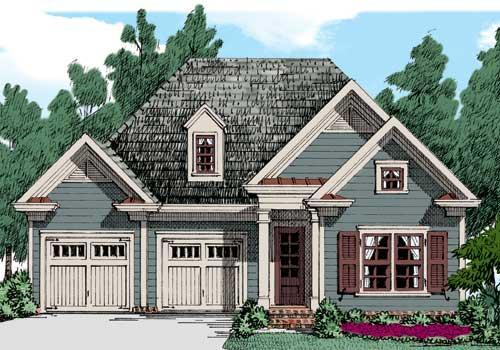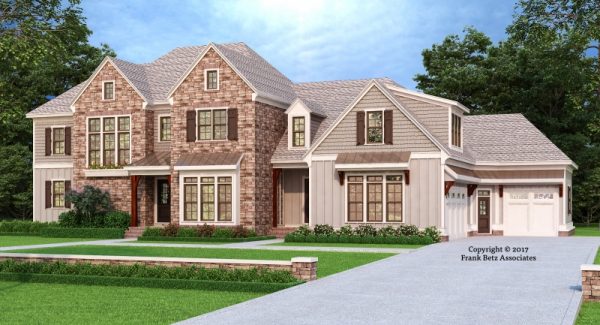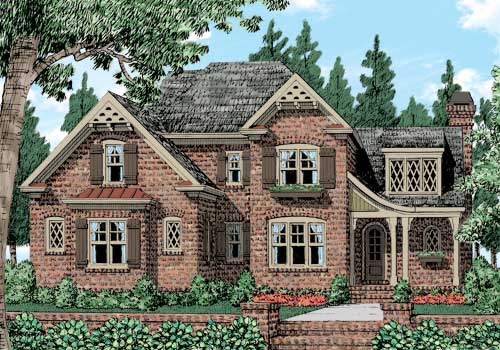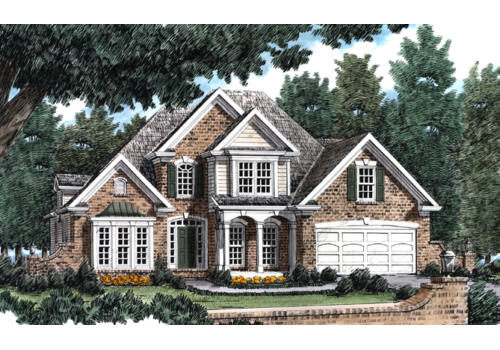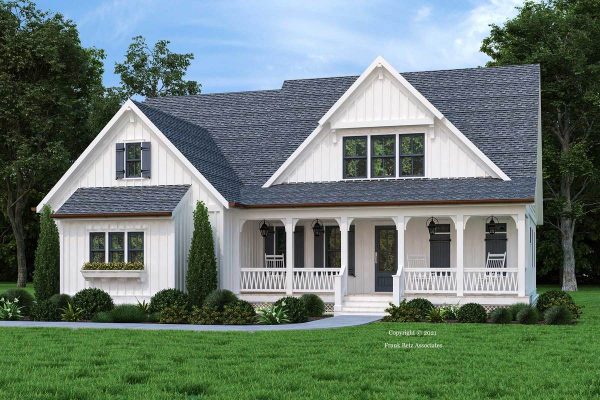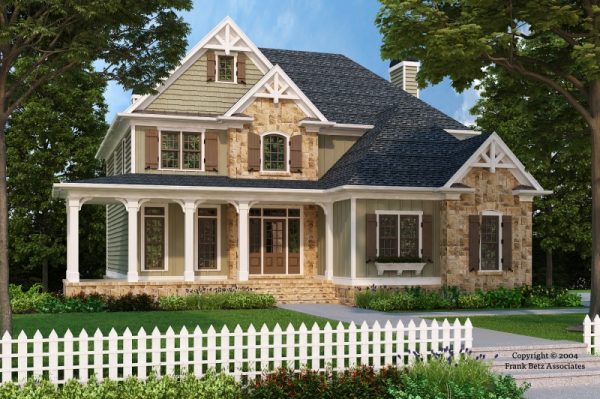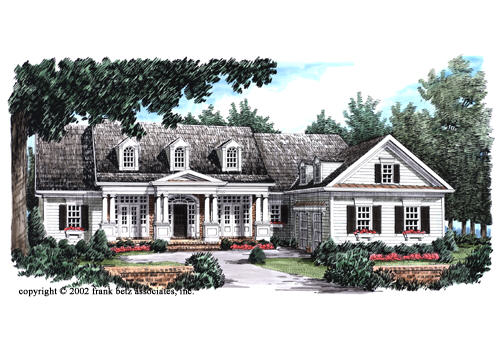To have, or not to have a home design in mind before finding a builder. That is the question. Regardless of the correct answer, as a person or persons about to take the bold step of building a house, you are probably going to have an idea of what type of house design you’d like. Given those preferences, it is very unlikely that you will approach a builder without at least some of those ideas in mind. That said, there are reasons for and against how defined your home design desires should be when looking for a builder. Here’s a few of them.
Pros
Having a definite design idea for your new home can be an asset when looking for a builder. It will allow you to focus your search only on builders who are accustomed to building that type of home. For example, you would not want to hire a builder who specializes in building modern homes, if you have your heart set on a farmhouse style. Builders typically have a select range of styles they are familiar with working on. You will want to make sure your style is in that range and preferably go and see examples first hand.
Additionally, with a house design in mind it’s easier to get competitive bids from builders. Having built that style before, they know what to expect from a time and materials perspective. This will provide more accurate bids for your new home to compare with other builders.
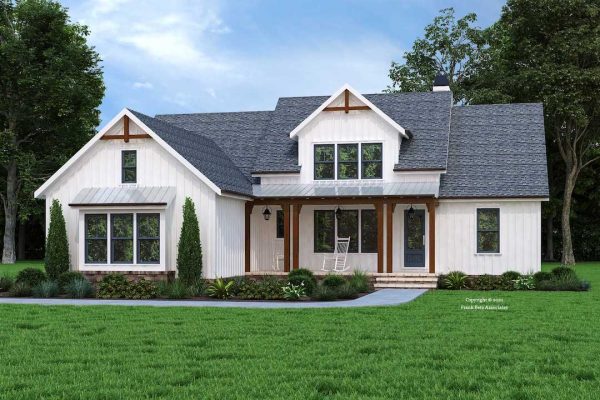
Cons
There are a few downsides to having a predetermined house design, however. For one, your pre-selected house plan may not fit your lot. That may mean working with an architect to create another house plan design or adjusting the present one. This will require more time and expense in the long run.
Some builders tend to have better offers if you use one of their home designs. If your design is much different, you may not benefit from these discounts. Working outside their parameters tends to drive up the cost.
You might also encounter the fact that your desired plan does not fit your future neighborhood’s Home Owner’s Association requirements. Most of the time, an HOA will have its own pre-requisites for home designs. That’s especially true if you want to build in a neighborhood that has a set style. Your design just might not fit in.
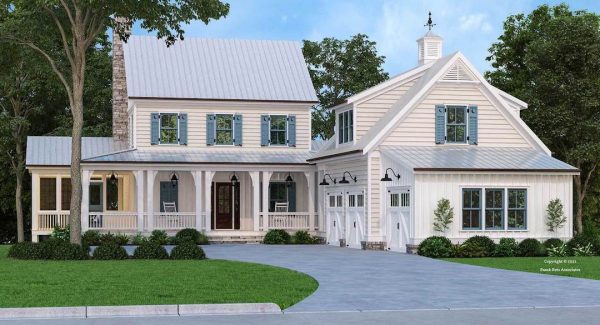
Conclusion
Taking into account all the pros and cons, getting bids using your new home design and with builders’ options may be an optimal solution. Either way, being flexible with your design expectations is always suggested. Building a new home is a process. And if you stay fluid, your home’s design will evolve for the better. Above all, take your time on the front end. Figuring out what you want design-wise, in the middle of a build can not only lead to longer build times, but could negatively effect the end result. In the end, it’s quality that matters the most. So whatever home design you and your builder pursue, attention to craftsmanship should be the ultimate priority.
